I have enabled Managed Service Identities on an App Service. However, my WebJobs seem unable to access the keys.
They report:
Tried the following 3 methods to get an access token, but none of them worked.
Parameters: Connectionstring: [No connection string specified], Resource: https://vault.azure.net, Authority: . Exception Message: Tried to get token using Managed Service Identity. Unable to connect to the Managed Service Identity (MSI) endpoint. Please check that you are running on an Azure resource that has MSI setup.
Parameters: Connectionstring: [No connection string specified], Resource: https://vault.azure.net, Authority: https://login.microsoftonline.com/common. Exception Message: Tried to get token using Active Directory Integrated Authentication. Access token could not be acquired. password_required_for_managed_user: Password is required for managed user
Parameters: Connectionstring: [No connection string specified], Resource: https://vault.azure.net, Authority: . Exception Message: Tried to get token using Azure CLI. Access token could not be acquired. 'az' is not recognized as an internal or external command,
Kudo does not show any MSI_ environmental variables.
How is this supposed to work? This is an existing App Service Plan.


